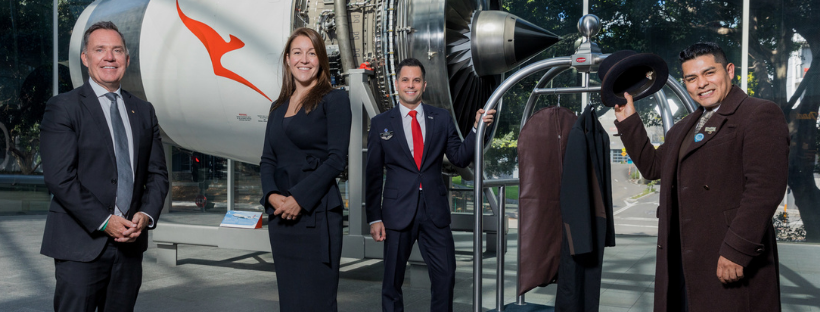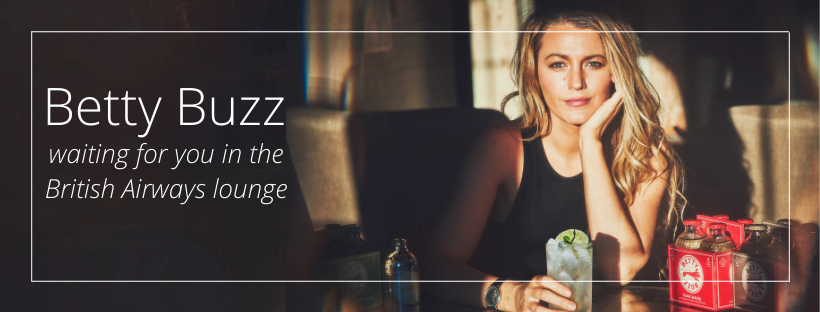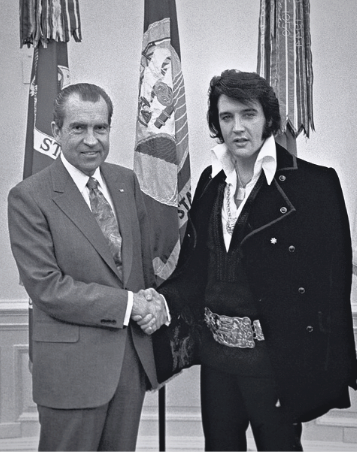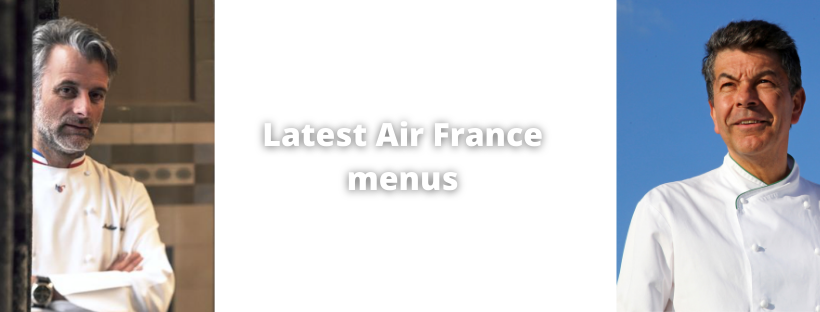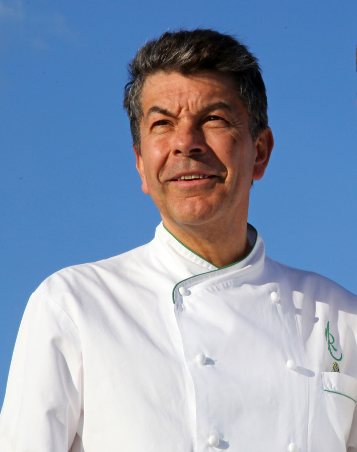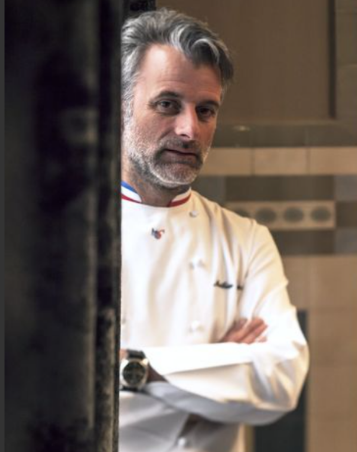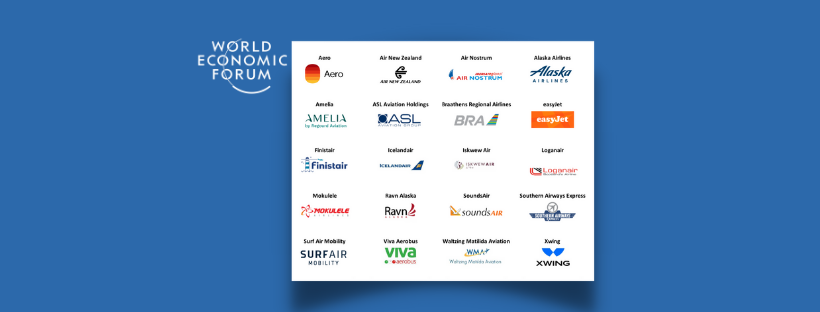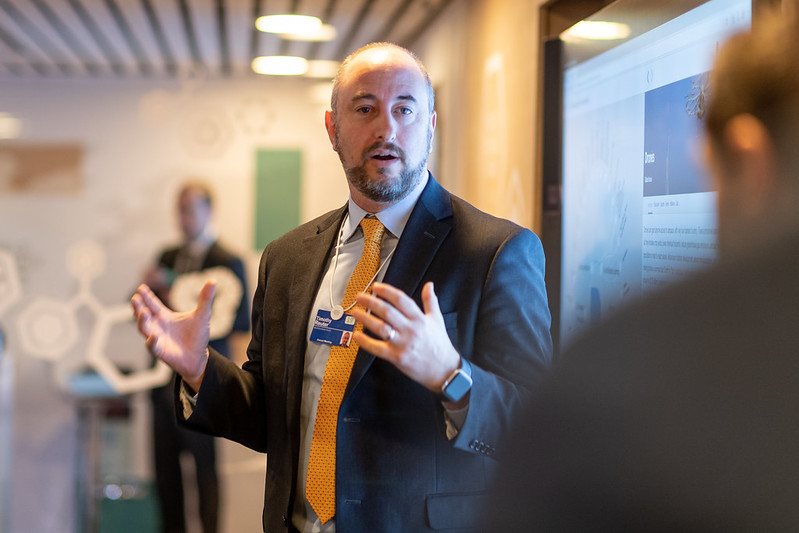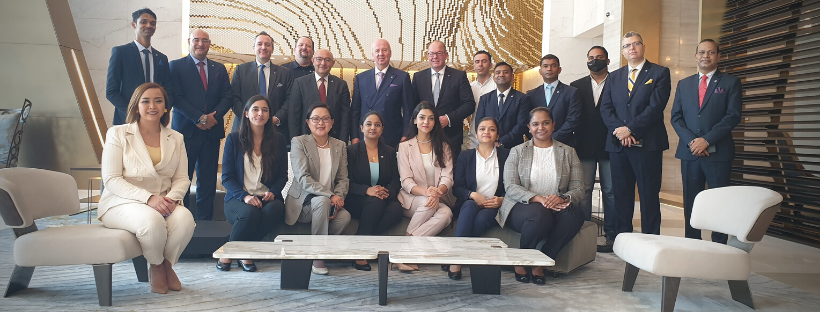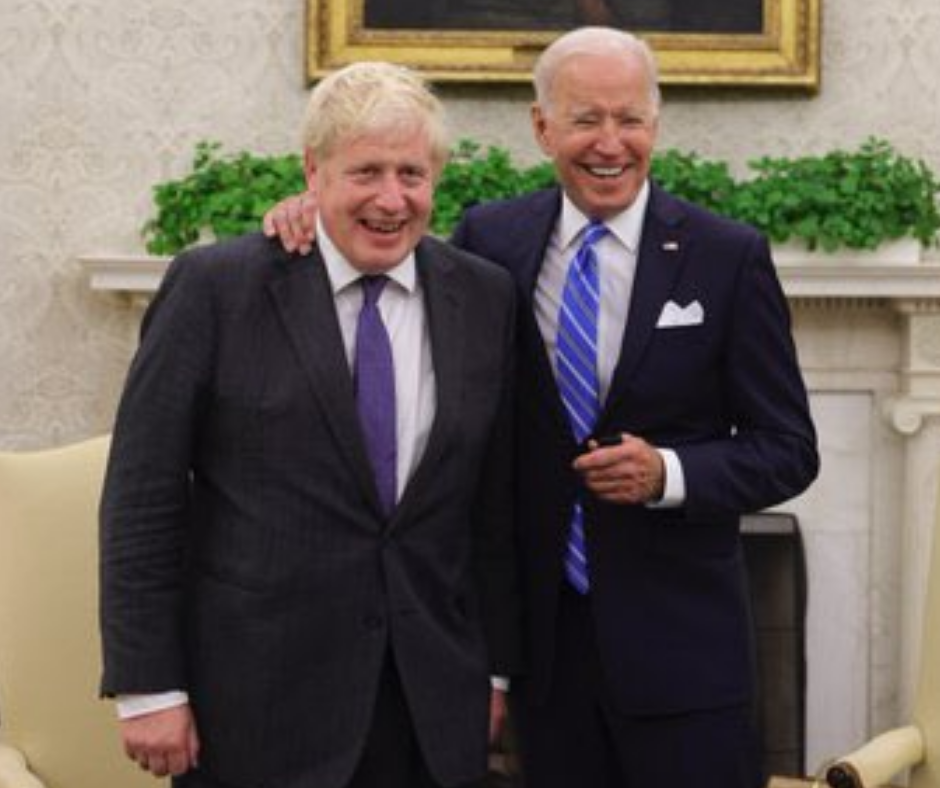Qantas and Accor join forces to reward customers
Members of Qantas Frequent Flyer and Accor’s loyalty programme, ALL – Accor Live Limitless can for the first time be rewarded twice when they fly with Qantas and stay at one of Accor’s hotels.
Members who link their Qantas Frequent Flyer and ALL – Accor Live Limitless accounts can earn points in both programs on eligible hotel bookings and Qantas flights.
Almost 30 million members across both programmes in Australia and the Asia Pacific are set to be rewarded for staying at Accor and flying on Qantas’ domestic and international flights.
Details of the programme include:
Points on the ground:
- Earn 3 Qantas Points per dollar as well as the usual ALL – Accor Live Limitless Reward points on eligible Accor hotel stays in Australia or across the Asia Pacific
- Plus, earn 3 Qantas Points for every dollar on eligible transactions while staying at Accor hotels, including dining and room service while also earning Reward points
Points in the air:
- Members who hold Qantas Platinum, Platinum One or ALL Gold, Platinum and Diamond status can earn up to 2 ALL – Accor Live Limitless Reward points per A$10 spent on eligible Qantas flights in addition to the usual Qantas Points.
Accor brands include: SO/, Sofitel, MGallery, Art Series, Pullman, Swissôtel, Grand Mercure, Peppers, The Sebel, Mantra, Novotel, Mercure, Mövenpick, Tribe, BreakFree, ibis, ibis Styles and ibis Budget,
Accor Pacific CEO Simon McGrath said this was a major milestone for the travel industry, enabling greater benefits for loyalty members across more than 1,200 Accor hotels, apartments and resorts in the Asia Pacific region.
We are joining forces to reward our customers, delivering exceptional travel benefits and unrivalled service for people who enjoy our two much-loved brands
Customers are at the heart of this partnership which is set to bring significant extended benefits for travellers. This is a first for a hospitality group and airline in Australia.
Qantas is the perfect partner for Accor to deepen our relationship with, and growing our loyalty members’ benefits will strengthen our customers’ commitment to our leading brands, like Sofitel, Mantra and Novotel. We predict that this relationship will increase membership and engagement across both of our programs.
Qantas Loyalty CEO Olivia Wirth said the agreement marks a significant milestone for Qantas Frequent Flyer members
Our partnership with Accor launches at an ideal time, with domestic and international borders reopening and frequent flyers starting to plan and book their next getaway
Eligible members of the Qantas and Accor loyalty programs will earn twice when they fly and stay in a hotel or resort. We know this will be very popular for our frequent flyers whether they are travelling for business or on holidays.
We’ve seen frequent flyers booking flights in record numbers, with billions of points used to book flights in recent weeks. This shows just how important and valuable points are to our members, and this initiative will help members of both programs get away on their dream trip sooner.
How members can earn:
Members need to link their Qantas Frequent Flyer and ALL – Accor Live Limitless accounts to start earning. Qantas has set out the following example of points that Qantas Bronze and Accor Classic members can earn on the ground (correct as at 11 November 2021 for travel on specific dates in January 2022):
| Stay 2 nights at Raffles Singapore in a Stateroom Suite | Earn 4,198 ALL – Accor Live Limitless points, andEarn 7,872 Qantas Points |
| Stay 2 nights at the Sofitel Sydney Darling Harbour | Earn 1,168 ALL – Accor Live Limitless points, andEarn 2,190 Qantas Points |
The point earn potential accelerates the higher the membership tier. An example^ of points that Qantas Platinum and ALL Accor Live Limitless Platinum members can earn on the ground and in the air:
| Stay 2 nights at the Sofitel Sydney Darling Harbour | Earn 2,044 ALL – Accor Live Limitless points, and Earn 2,190 Qantas Points |
| Fly Business return with Qantas to Singapore from Sydney and stay 7 nights at Raffles Singapore in a Stateroom Suite | Earn 26,418 ALL – Accor Live Limitless Reward points, and Earn 55,834 Qantas Points |
| Fly Economy return with Qantas to Fiji and stay 5 nights at Sofitel Fiji in a Luxury Room with beach club access | Earn 8,468 ALL – Accor Live Limitless Reward points, and Earn 17,575 Qantas Points |
With Classic Flight Reward seats starting from 6,400 points on Jetstar and 8,000 points on Qantas (plus taxes, fees and carrier charges) and lead-in hotel rates across Accor Economy brands available from 3,900 Reward points, members will quickly be able to bolster their points balances to use towards their next getaway.
Qantas Frequent Flyers can already convert their ALL – Accor Live Limitless Reward points to Qantas Points at the rate of one ALL – Accor Live Limitless Reward point per one Qantas Point (in increments of 2000).
Additional benefits for members:
- Qantas Frequent Flyer members that hold Gold status or above and those that are Points Club or Points Club Plus members can fast track their ALL membership from ALL Classic to ALL Silver when linking their accounts and completing required eligible hotel stays.
- Accor Plus members that hold ALL Gold status and above can enjoy complimentary Qantas Wine Premium membership which includes free delivery on all orders within Australia and the ability to earn 3 Qantas Points per dollar spent.
- Members can see the benefits they will receive from both loyalty programs on qantas.com/accor or all.com

